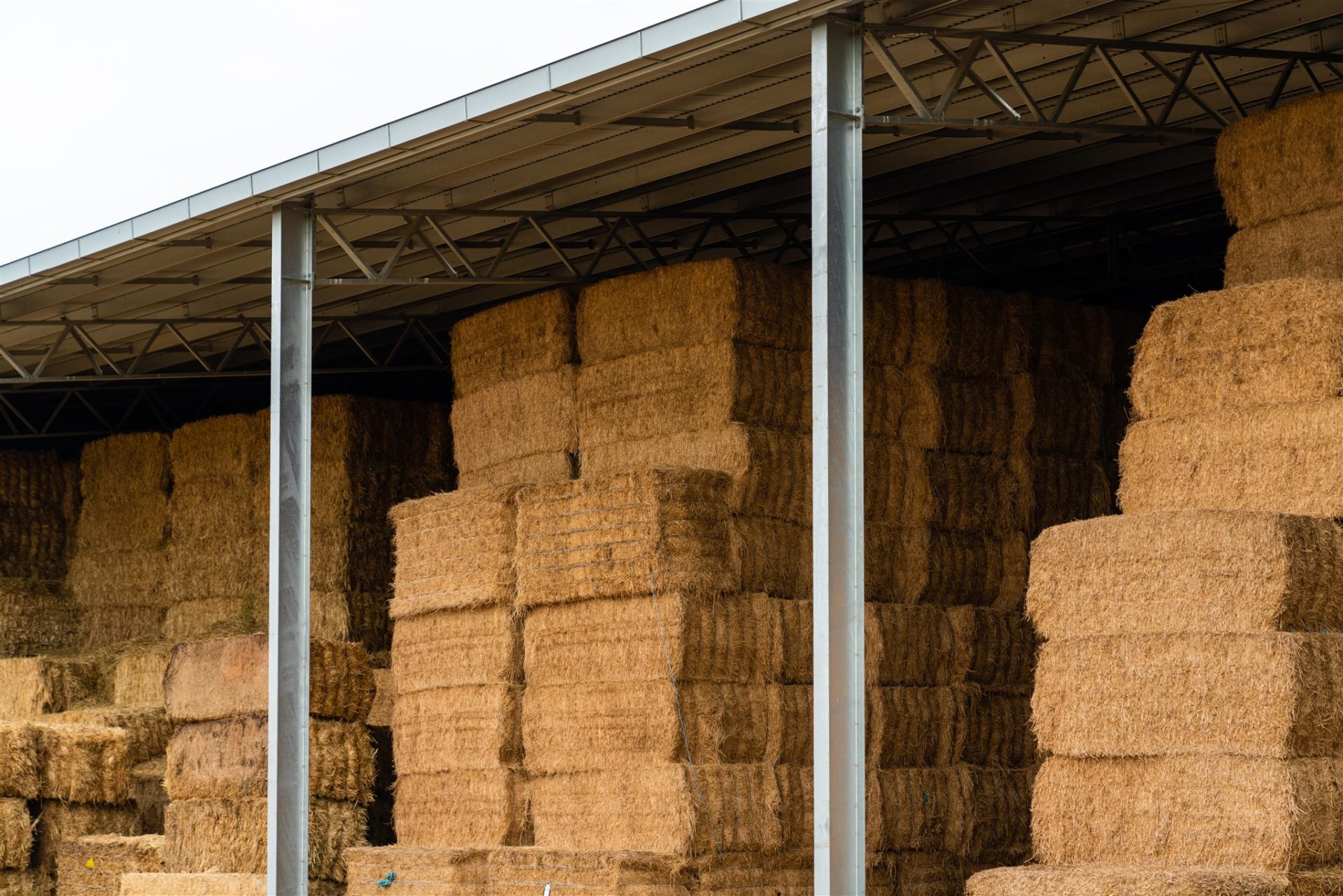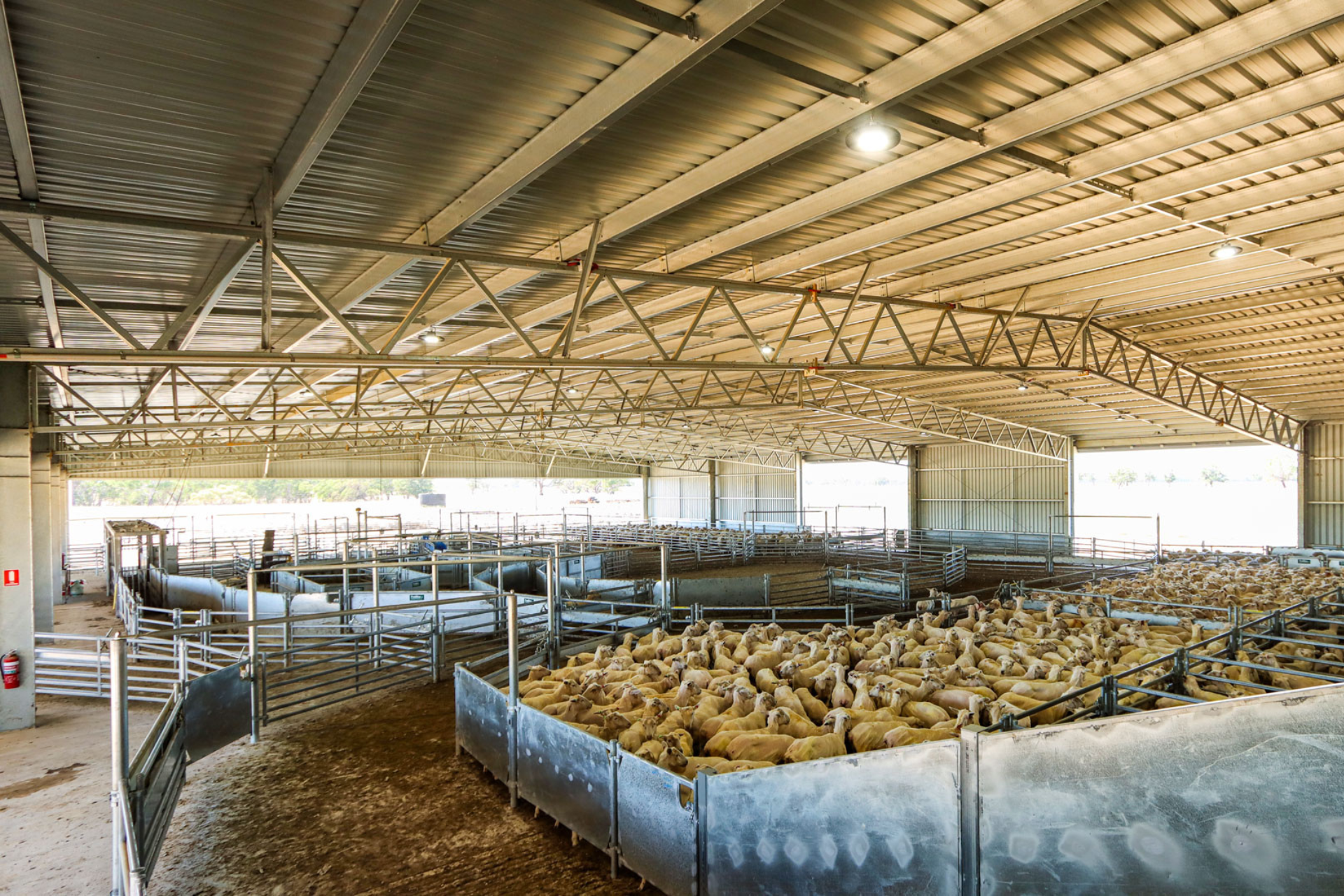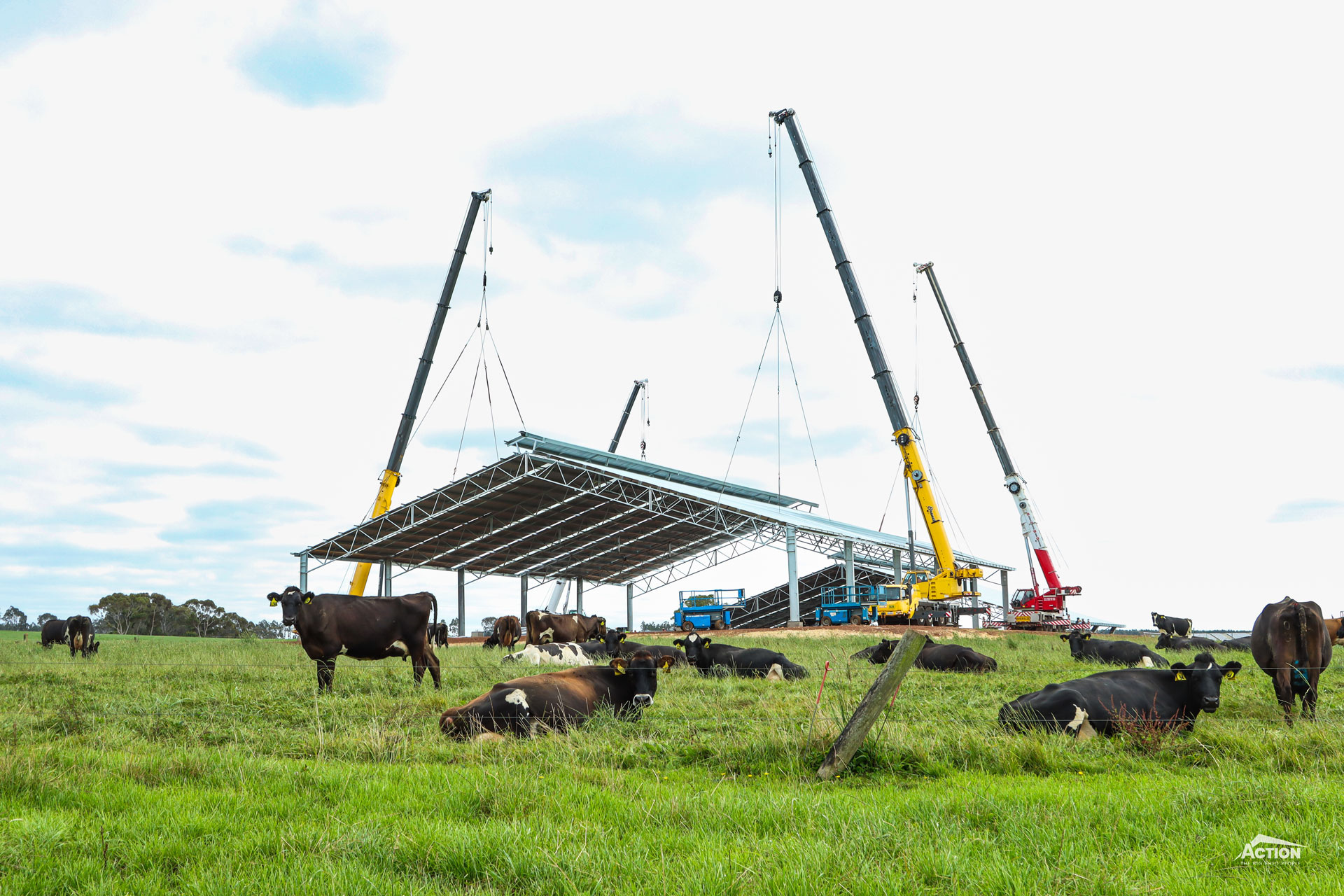In this article we discuss why hay has to be stored properly and why having good hay storage is so important.
The Weather
The weather can affect your hay in a number of ways, right from the initial planting of the crop through to the baling process and storage. For example:
- Rain on cut hay can cause carbohydrates, proteins, and some minerals to leak out. This is referred to as leaching.
- Rain can also cause plant respiration to start again.
- Heat damage or ‘enzymatic browning’ can occur when wet hay is baled. This is caused by microorganisms in the hay using plant sugars and oxygen, generating heat.
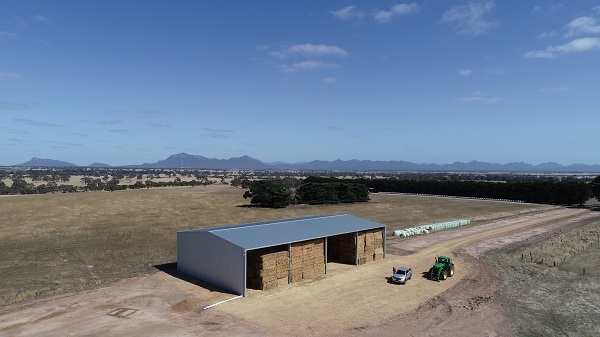
- If there is excessive sunlight, the colour will be bleached from the hay and Vitamin A lost, but on the other hand, if dried too slowly the hay will ferment and lose nutrients.
We can’t control the weather so it is important to ensure that once the hay is baled it is given the best possible protection from the elements.
Spontaneous Combustion
One of the most important reasons to go the extra mile when it comes to hay storage is because when hay is weather damaged (as discussed above) and incorrectly stored it is likely to ‘self-ignite’ and catch fire. This is known as spontaneous combustion.
Why does hay spontaneously combust?
When hay is too green or if it gets wet in the baling process, biological and chemical processes are triggered. As the plant material is still alive, respiration continues and microorganisms like bacteria and fungi can grow in the moist environment.
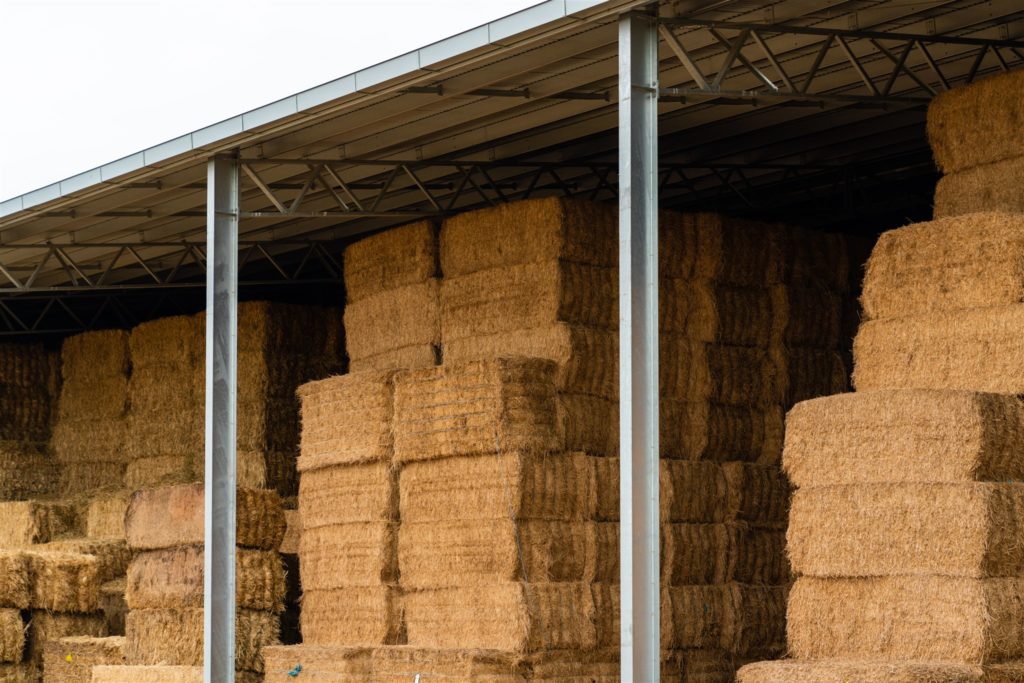
These processes generate heat, decrease the amount of dry matter, and can lead to combustion.
Minimise the risk of a haystack fire by storing your hay out of the weather in a well-ventilated and hot dip galvanised hay shed.
Maintain the Quality of Your Hay
The easiest way to maintain the quality of your hay is to make sure it is stored the right way.
Good quality hay has better levels of key carbohydrates, proteins, and minerals. These are important for healthy and productive livestock.
On the flip side, inferior quality hay brings inferior results. For example, when rain leaches hay, easily digestible and beneficial carbohydrates, proteins, and minerals leak out meaning the digestibility and the nutritional benefits of the hay are compromised.
Mould growth can also occur in weather-damaged hay.
Market Value
Buyers are prepared to pay more for your hay if it has been properly stored out of the weather in a dedicated shed because they are guaranteed of a better-quality product.
For this reason, a hay shed can often pay for itself in the first season. In addition to this, a hay shed can now be fully written off as a tax deduction!
Talk to our building consultants to find out how this could work for your hay shed project.

